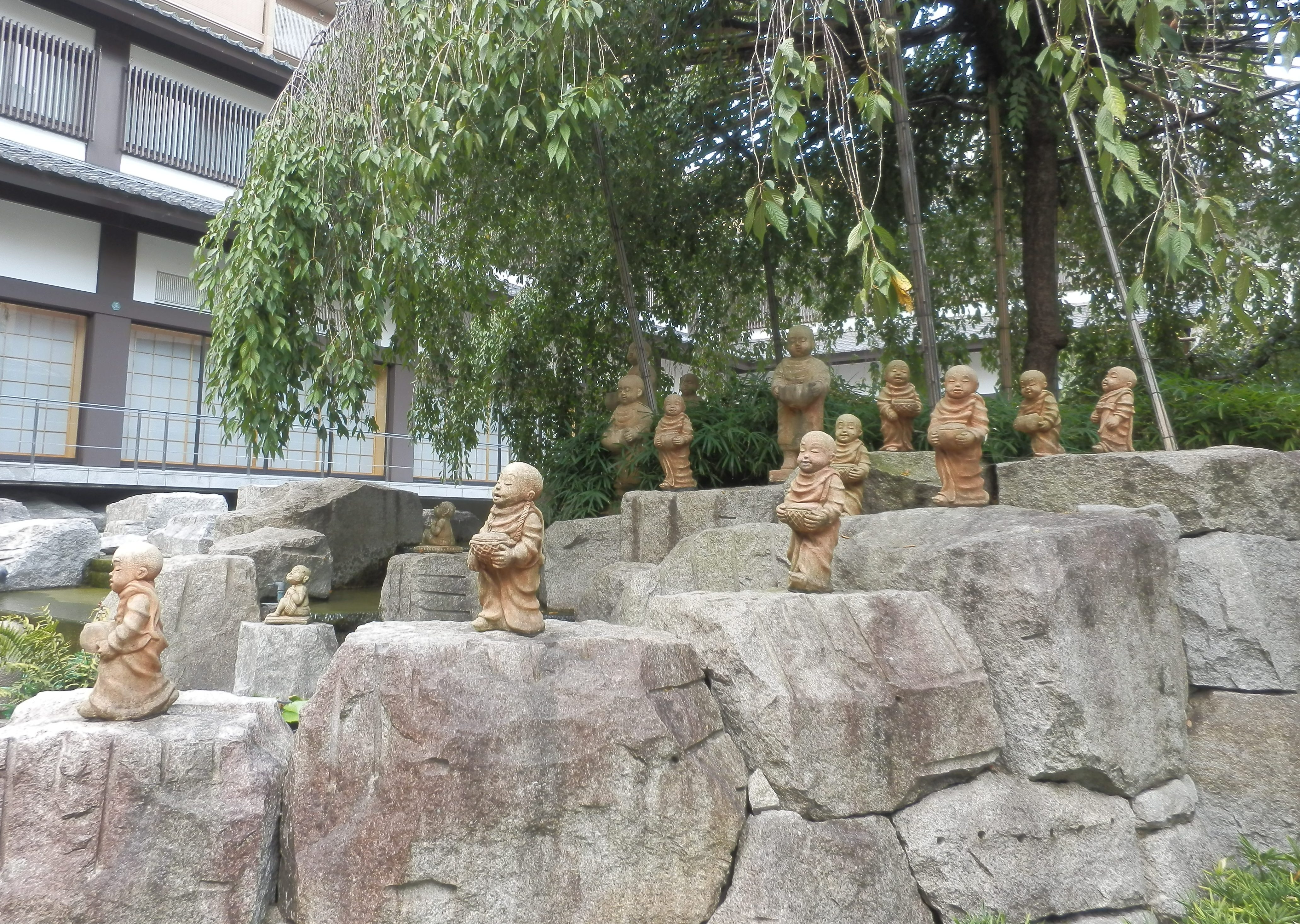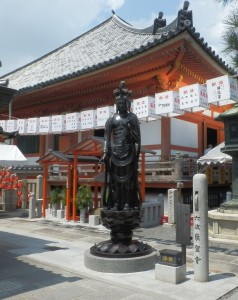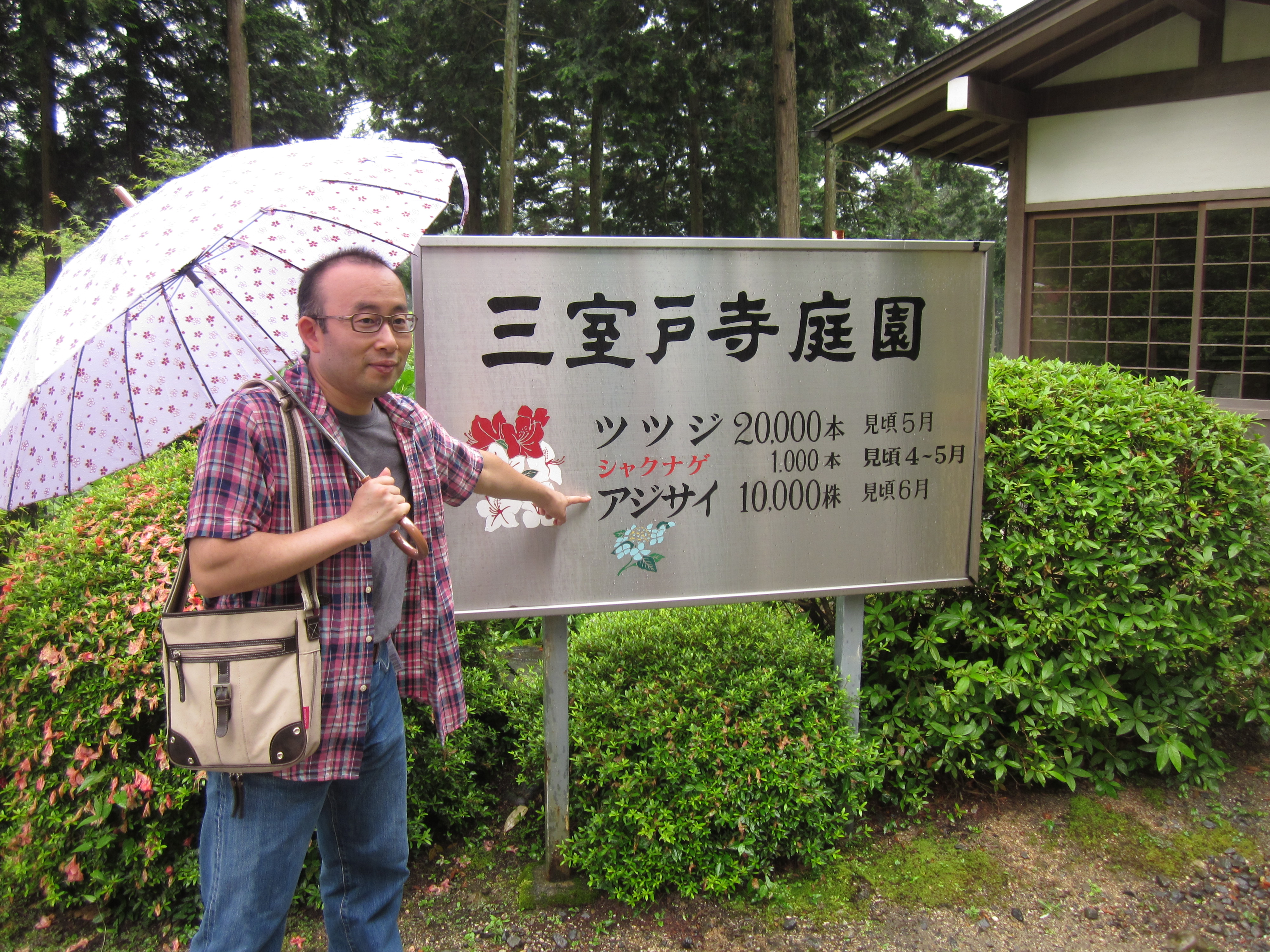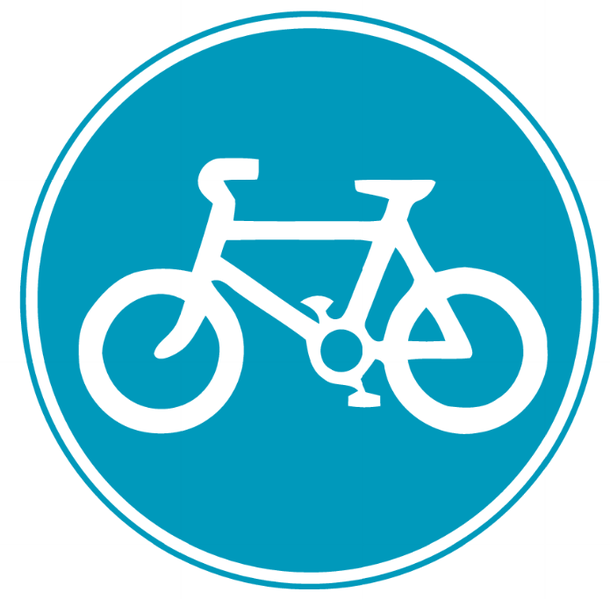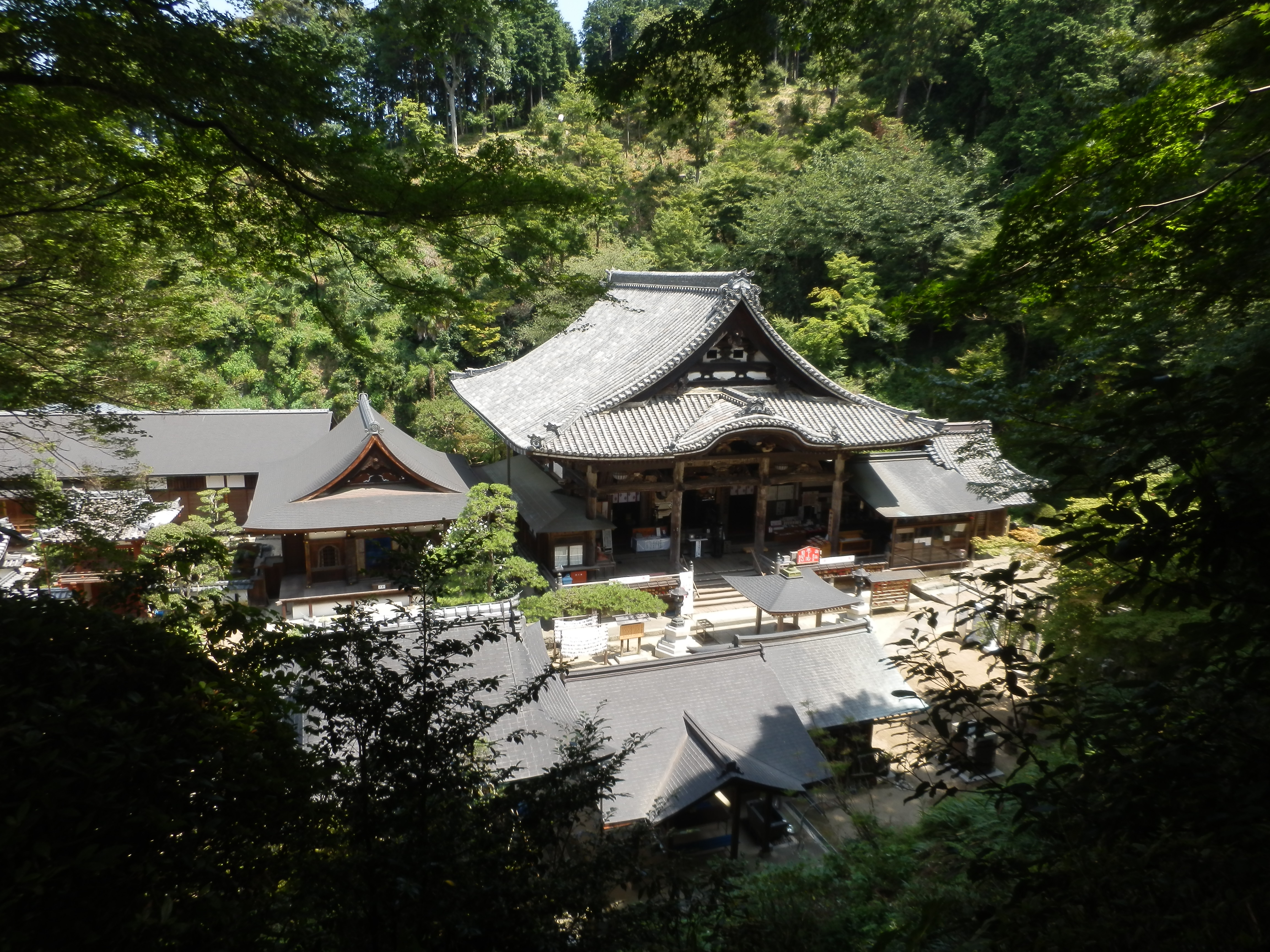Saigoku Kannon Pilgrimage: Rokuharamitsu-ji and Rokkakudo
å…波羅蜜寺    &   å…è§’å ‚
Crossroads, Centerpoints and Sixes, a Tale of Two Kyoto city Temples
Rokuharamitsu-ji and Rokkakudo are temples 17 and 18 of the 33-temple path, and both are located in the city of Kyoto, one of them at its very center. We’ll explore both in one article, since it’s easy to visit them on the same day.
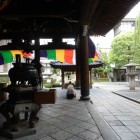 First up is Rokuharamitsu-ji, the name of which references the six realms of existence (hell, hungry ghosts, animals, titans, humans, and gods) through which souls roam before they achieve enlightenment and liberation. It was built at a crossroad once called the “Crossroad of the Six Realms,†considered an entrance to the underworld, near the Toribe cemetery entrance where those too poor to afford proper burial were unceremoniously dumped.
First up is Rokuharamitsu-ji, the name of which references the six realms of existence (hell, hungry ghosts, animals, titans, humans, and gods) through which souls roam before they achieve enlightenment and liberation. It was built at a crossroad once called the “Crossroad of the Six Realms,†considered an entrance to the underworld, near the Toribe cemetery entrance where those too poor to afford proper burial were unceremoniously dumped.
In its heyday during the early 12th century, the temple stretched from the river up to the mountainside. However, after the whole district was burned in the late 1100s (only the main hall, Hondo, surviving), the rebuilt Rokuharamitsu-ji became and remained a neighborhood temple. It suffered somewhat under the Meiji Restoration, but was finally fully renovated in 1969.
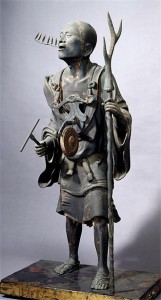 Rokuharamitsu-ji is said to have been built by the legendary wandering holy man and monk, Kuya Shoin. Kuya moved among the common people, chanting and dancing, and generally putting Buddhism a bit more within their reach. He came to be called “The Marketplace Saint.â€Â He traveled about doing good works, wearing shabby clothes and living a simple life.
Rokuharamitsu-ji is said to have been built by the legendary wandering holy man and monk, Kuya Shoin. Kuya moved among the common people, chanting and dancing, and generally putting Buddhism a bit more within their reach. He came to be called “The Marketplace Saint.â€Â He traveled about doing good works, wearing shabby clothes and living a simple life.
During a time of plague in Kyoto, he is said to have carved an image of Kannon, which he pulled from place to place with him on a little cart, giving out medicine and a special tea purported to heal the sick (oyubukicha, which is still traditionally drunk on the third day of the New Year for good luck and disaster prevention ). Once the plague had dissipated, he was given permission to build a temple to continue praying for the dead.
The main Kannon image at this temple is a Juichimen (eleven-headed) Kannon, shown once every 33 years. It is said to be the original carving made by Kuya, and was not seen between the time of his carving it and its first showing in 1507; the most recent viewing was in 2003. This Kannon image is known for having the power to cure illnesses and is also known as Enmusubi Kannon, the Kannon who helps people find a marriage partner.
The Hondo of Rokuharamitsu-ji is the oldest building in central Kyoto, and inside you can buy a special kind of oracle that uses an old Chinese system of birth times. Admission to the temple and main hall is free, but it is 600 yen to visit the museum. Inside you’ll find several important cultural properties of Japan, including a 13th century portrait of Taira no Kiyomori. There is also a compelling image of Nenbutsu Kuya, carved by Kosho in 1207, which shows six tiny Buddhas coming out of Kuya’s mouth, the artist’s representation of Kuya’s famous chanting. The museum is small, but they do have an English information page along with the usual Japanese. Outside, there is also a satisfying water section to the right of the Hondo, where as a purification ritual you can fling water with ladles over statues of Mizuko Jizo and Benten as well as Kannon.
To get to Rokuharamitsu-ji, take a bus to either Kiyomizu-dori (and walk west) or Gojosaka (and walk northeast). Or you can take the Keihan main line to Kiyomizu Gojo and head north then east on foot.
Getting to Rokkaku-do is even easier as it’s literally in the center of the city. From the bus stop Karasuma-Sanjo, it’s just a two-minute walk, from Karasuma-Oike, 4 minutes, and from Shijo-Karasuma, 5 minutes. Just find Rokkaku-do on one of the tourist-friendly maps posted on the corners of these busy intersections.
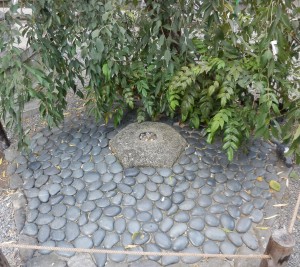 The compact grounds of the temple include a stone marker that indicated the “belly button†of the city of Kyoto; as close as it is to the bustling Karasuma-dori area, the temple itself has the calm and peaceful atmosphere you might expect from one of our pilgrimage locations. Adjacent to the temple is a large glass building dedicated to the art of ikebana, which began here more than 400 years ago; the abbot of Rokkaku-do is also the president of the international Ikenobo Ikebana Society. The temple is surrounded on other sides by city buildings, one of which contains a Starbucks with large windows, if you want to get out of the heat or the rain while contemplating the temple.
The compact grounds of the temple include a stone marker that indicated the “belly button†of the city of Kyoto; as close as it is to the bustling Karasuma-dori area, the temple itself has the calm and peaceful atmosphere you might expect from one of our pilgrimage locations. Adjacent to the temple is a large glass building dedicated to the art of ikebana, which began here more than 400 years ago; the abbot of Rokkaku-do is also the president of the international Ikenobo Ikebana Society. The temple is surrounded on other sides by city buildings, one of which contains a Starbucks with large windows, if you want to get out of the heat or the rain while contemplating the temple.
The main hall of Rokkaku-do is a six-sided building whence comes its name. The main Kannon image enshrined here is a small Nyoirin (wish-granting) Kannon. It is just 5.5cm tall, and is never put on display; it is made of gold and was the devotional image of Prince Shotoku. There is a larger statue of another Kannon image elsewhere on the grounds, up behind the sixteen Arhats (disciples of Buddha); the statues of the Arhats (sixteen being one for every compass point) stand along a small running waterway. Water is an important presence at Rokkaku-do, and is built carefully into the grounds, in an almost ikebana-like way, and you will see water around the Founder’s Hall, with swans drifting to and fro.
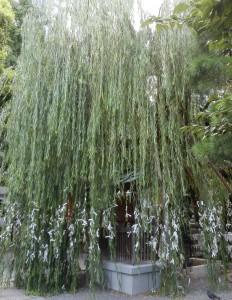 Keep your eye out for the Rokkaku willow, known as an enmusubi yanagi, or the willow tree which brings people together; those looking for a partner tie prayers onto this tree. The bellybutton of Kyoto is in front of the Hondo, and is said to be a foundation stone from an earlier iteration of the temple building; it’s the small circular part in the center of the six-sided stone that is the bellybutton. You will also see the monument to the art of ikebana, first started as an act of Buddhist devotion. There is a charming-looking one-word Jizo statue, which refers both to his power to grant your wish if it is made with one word, and also to his power to save a person by uttering one word. If you have a chance on your way into or out of the temple grounds, you can see the temple bell which is now located across the street due to later construction and changes in the dynamic city.
Keep your eye out for the Rokkaku willow, known as an enmusubi yanagi, or the willow tree which brings people together; those looking for a partner tie prayers onto this tree. The bellybutton of Kyoto is in front of the Hondo, and is said to be a foundation stone from an earlier iteration of the temple building; it’s the small circular part in the center of the six-sided stone that is the bellybutton. You will also see the monument to the art of ikebana, first started as an act of Buddhist devotion. There is a charming-looking one-word Jizo statue, which refers both to his power to grant your wish if it is made with one word, and also to his power to save a person by uttering one word. If you have a chance on your way into or out of the temple grounds, you can see the temple bell which is now located across the street due to later construction and changes in the dynamic city.
As always, you can use the map here (especially if you have a google-enabled phone) to find your way to the temples. More information about all the temples is available here, and the Rokkaku-do webpage is here.
Happy travels!
Emily Lemmon
